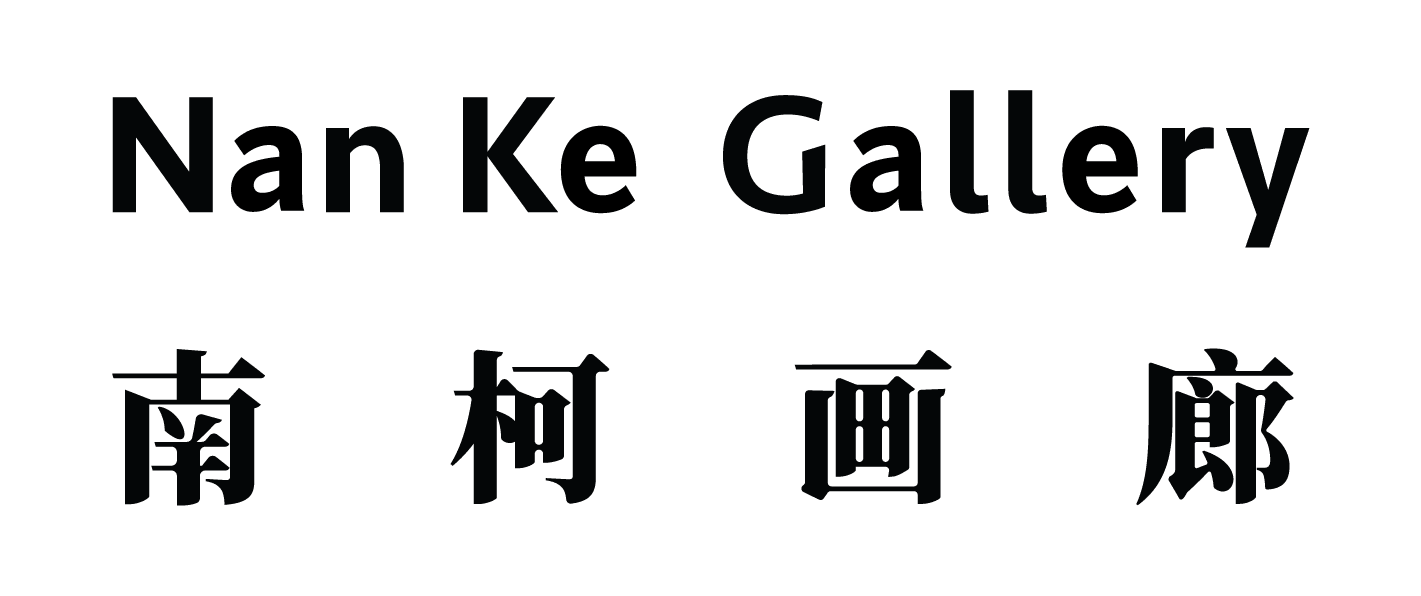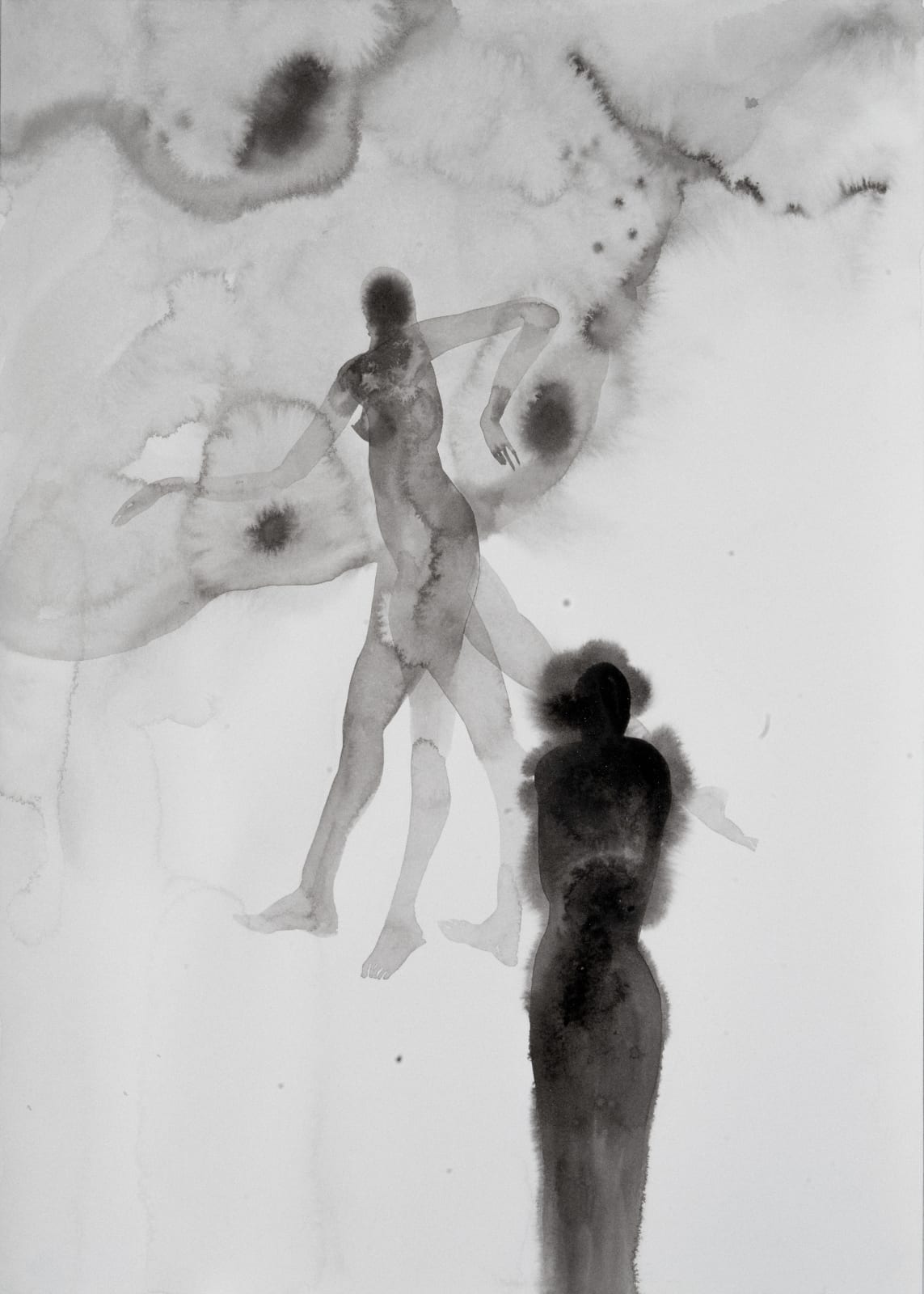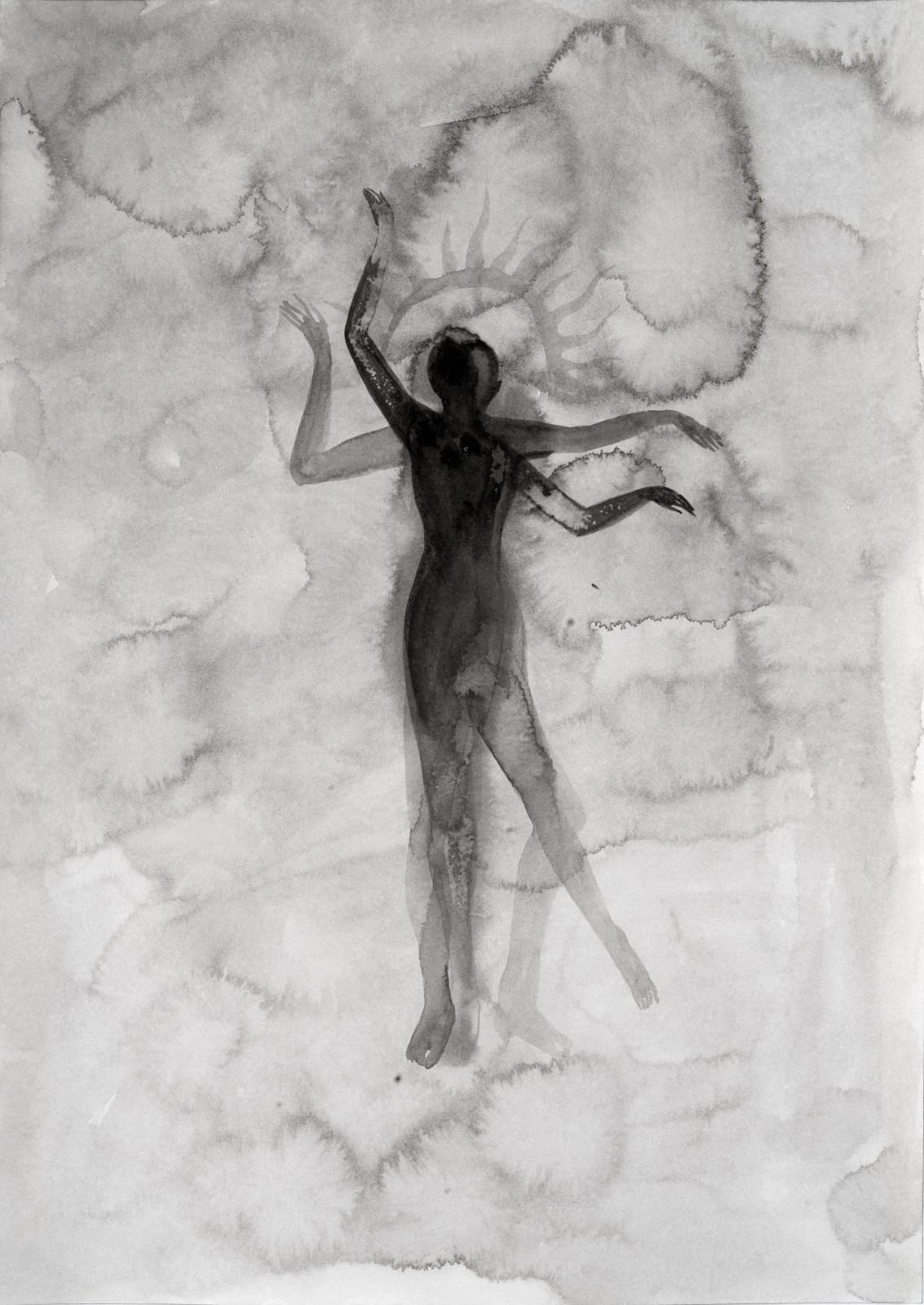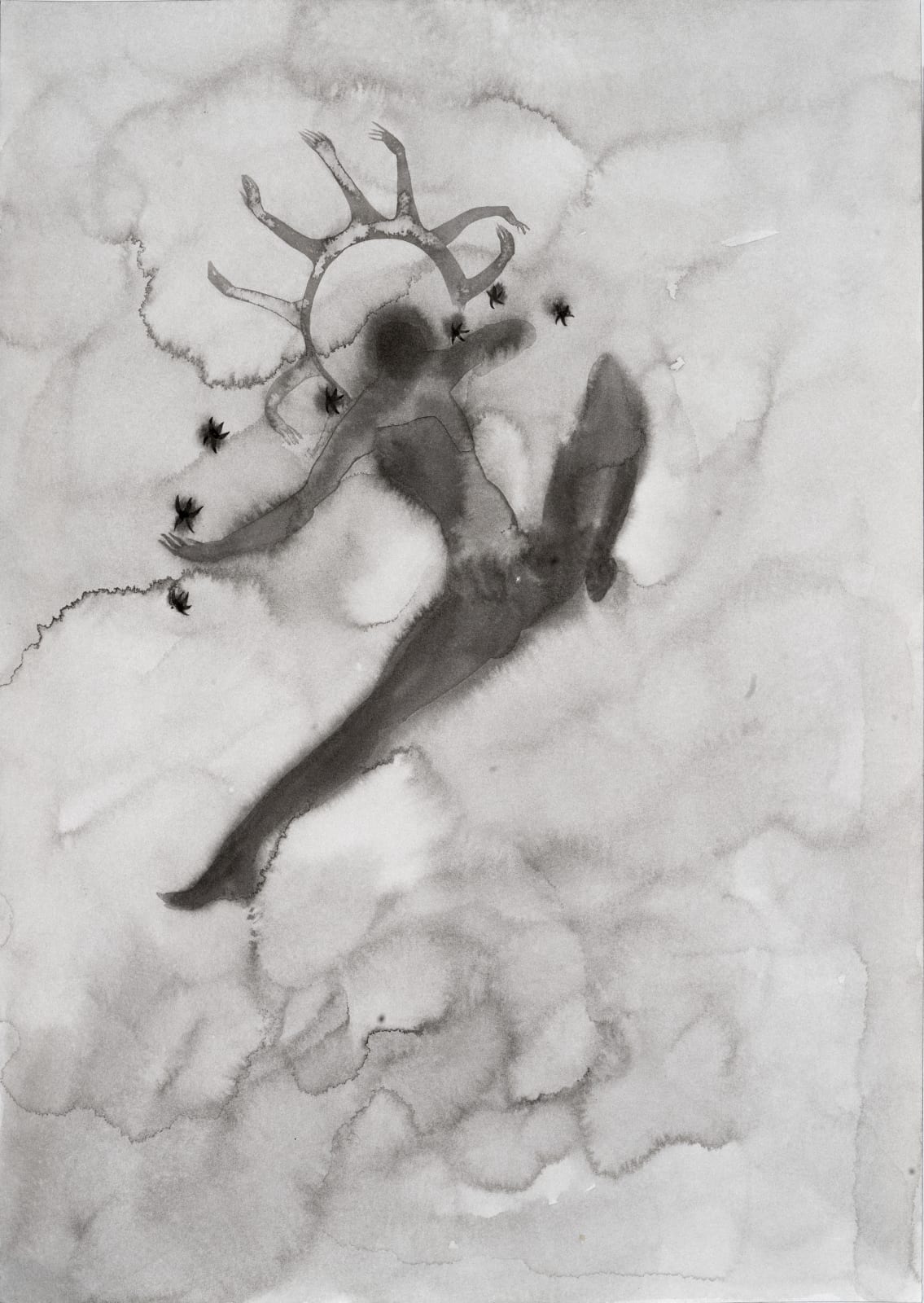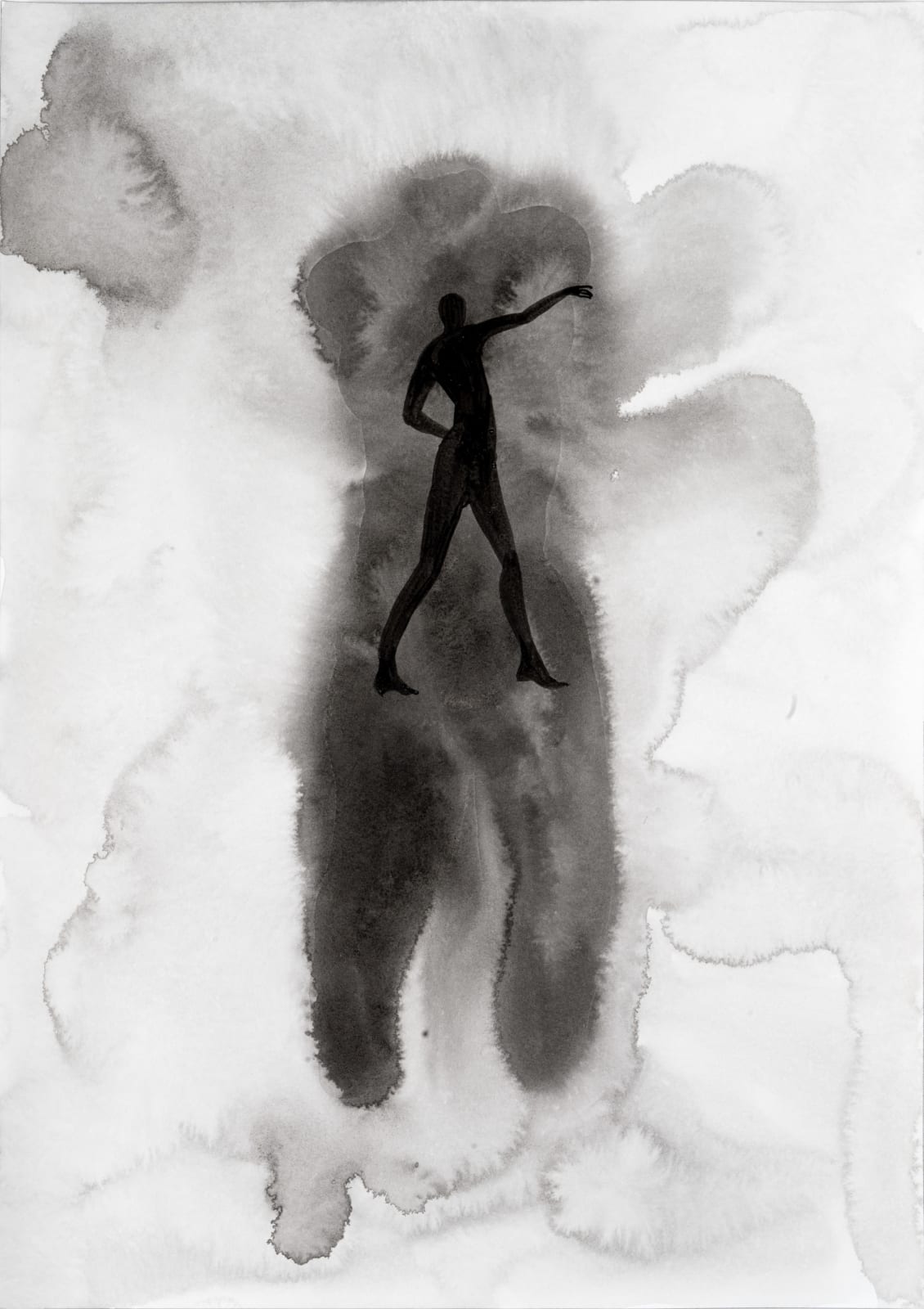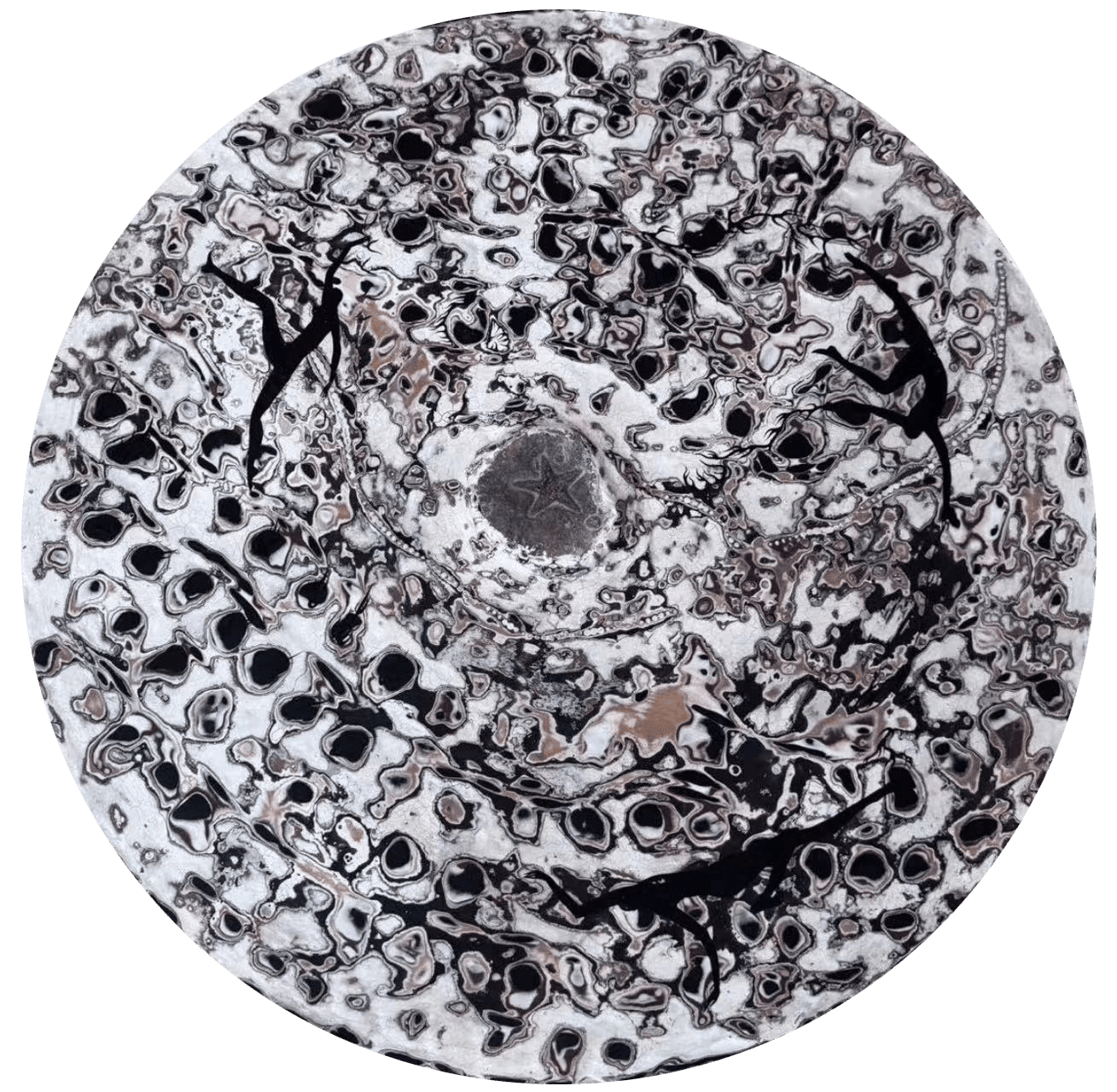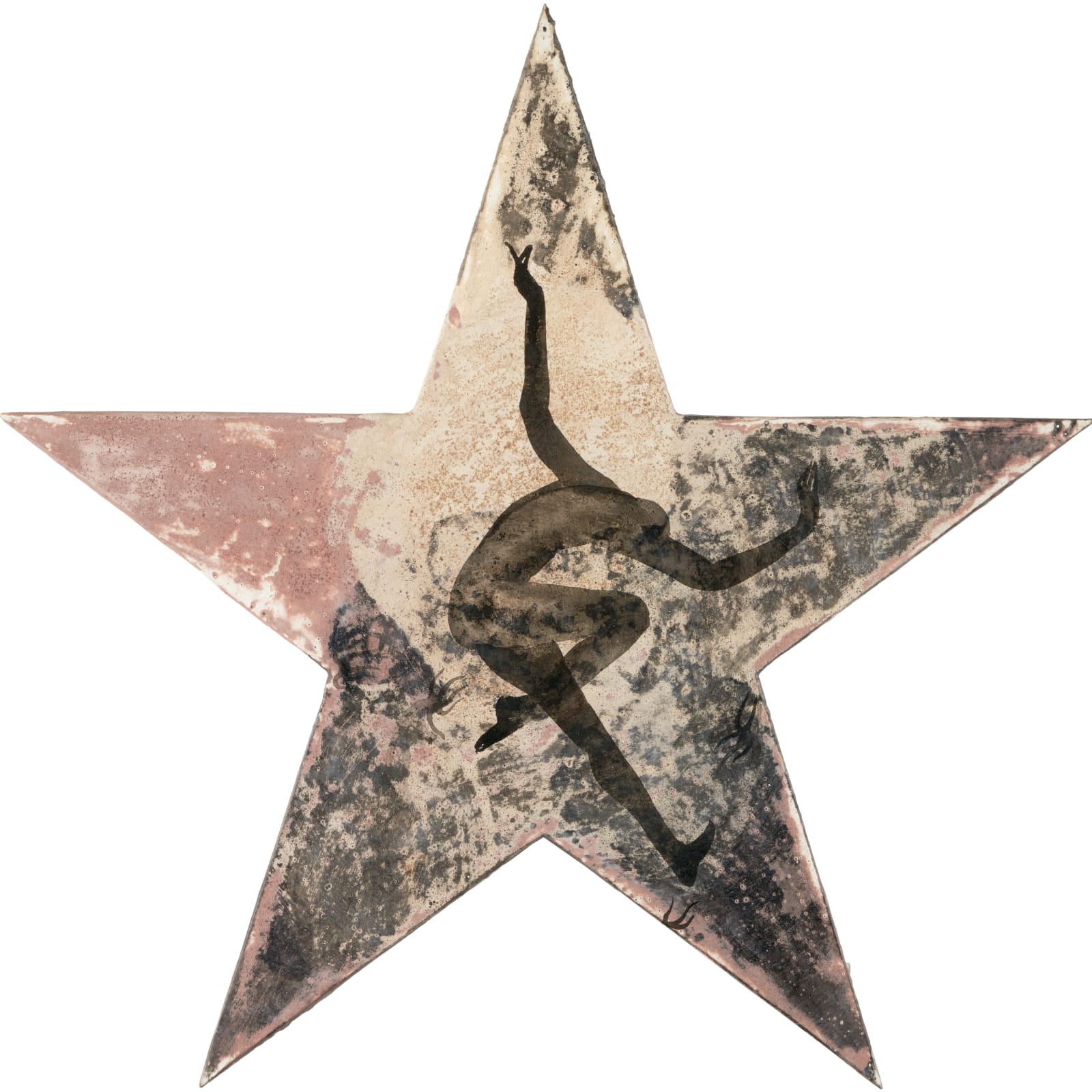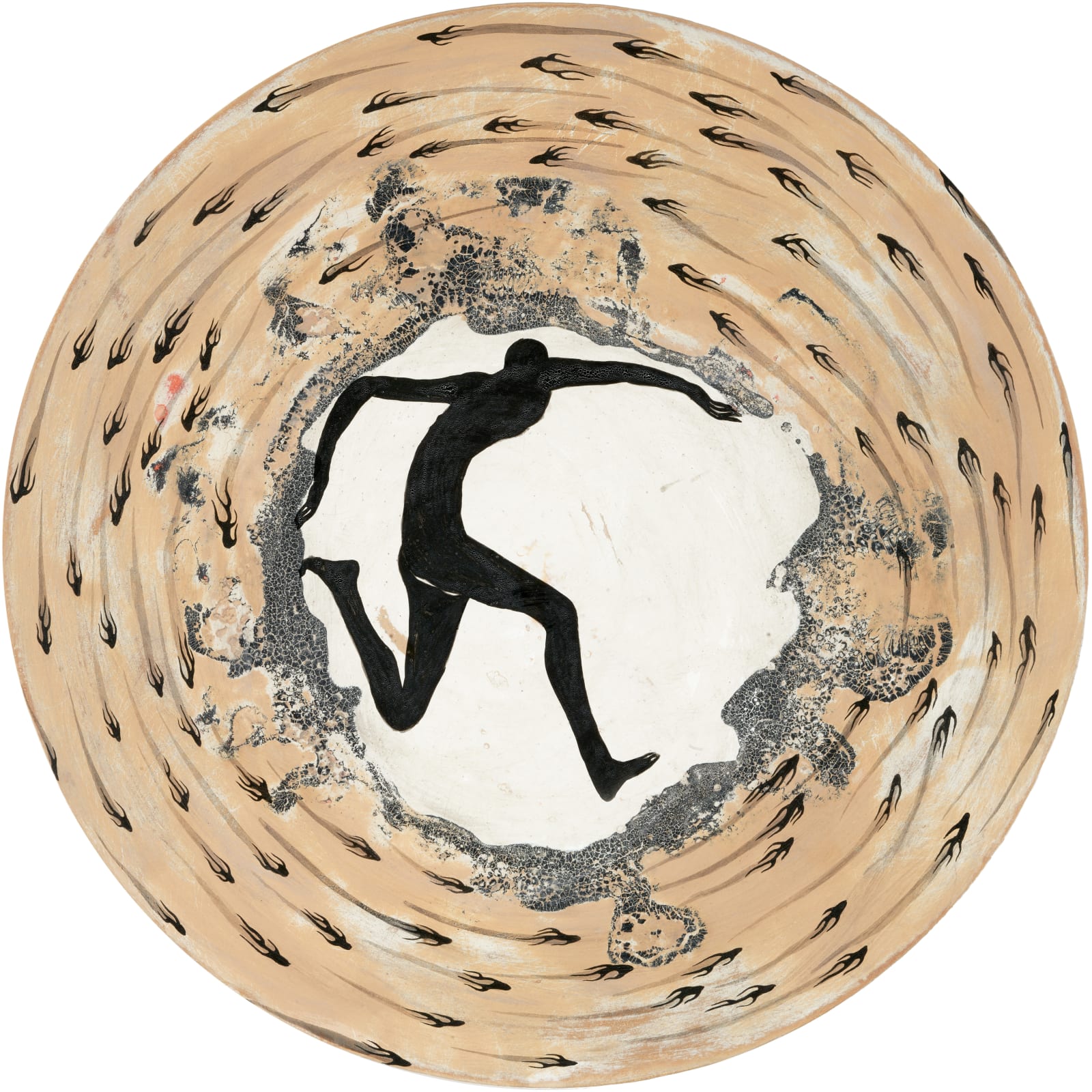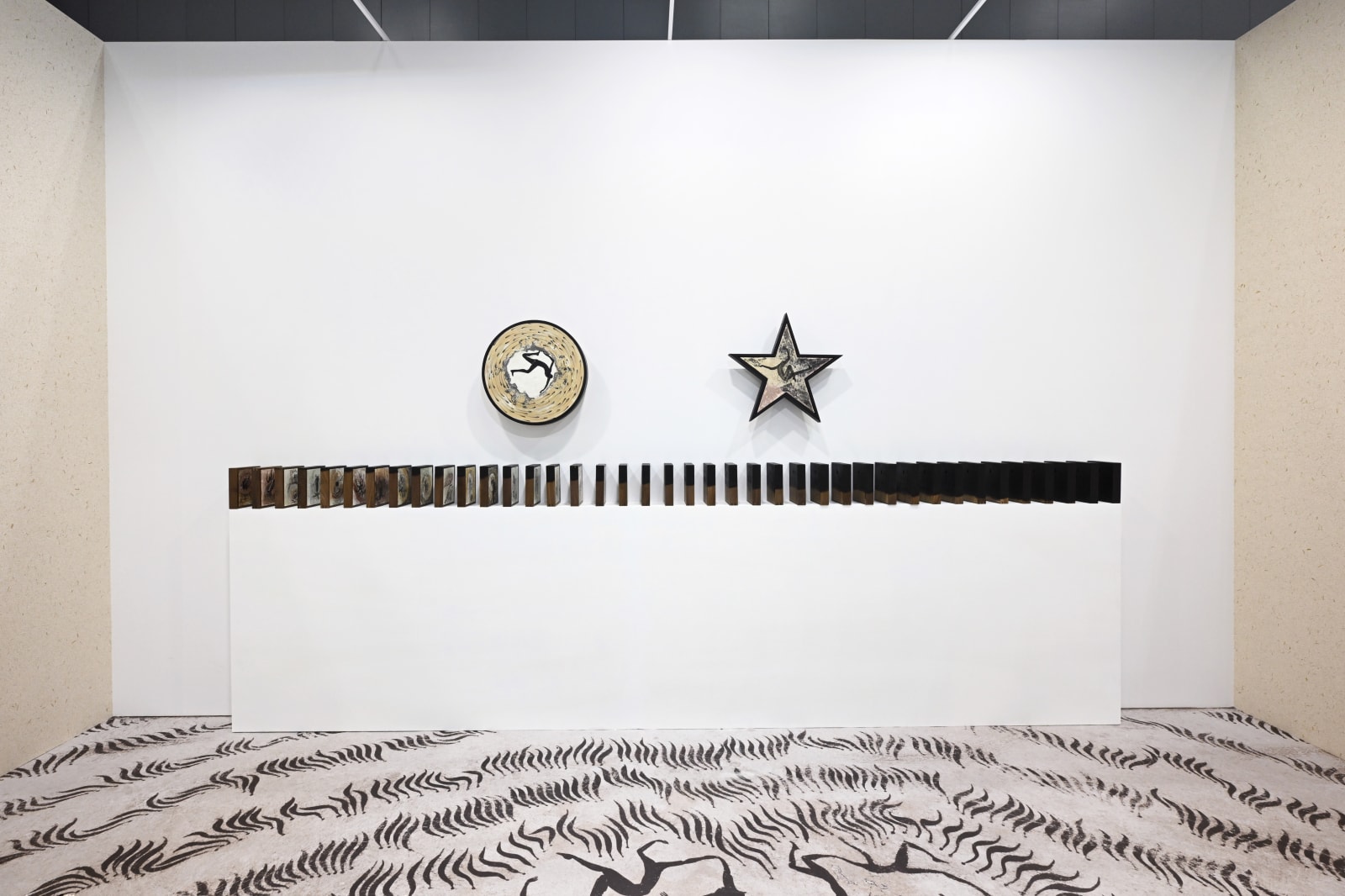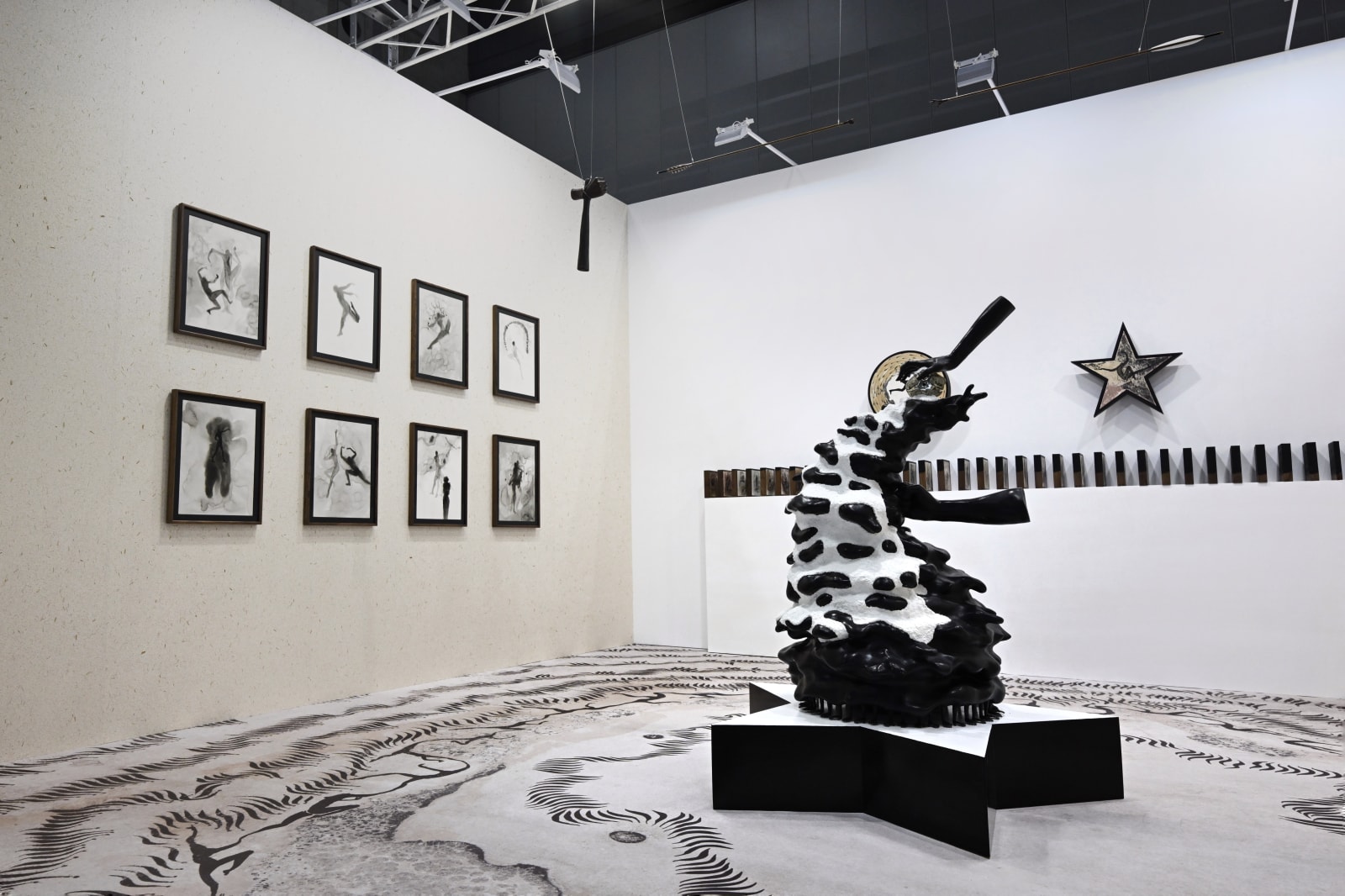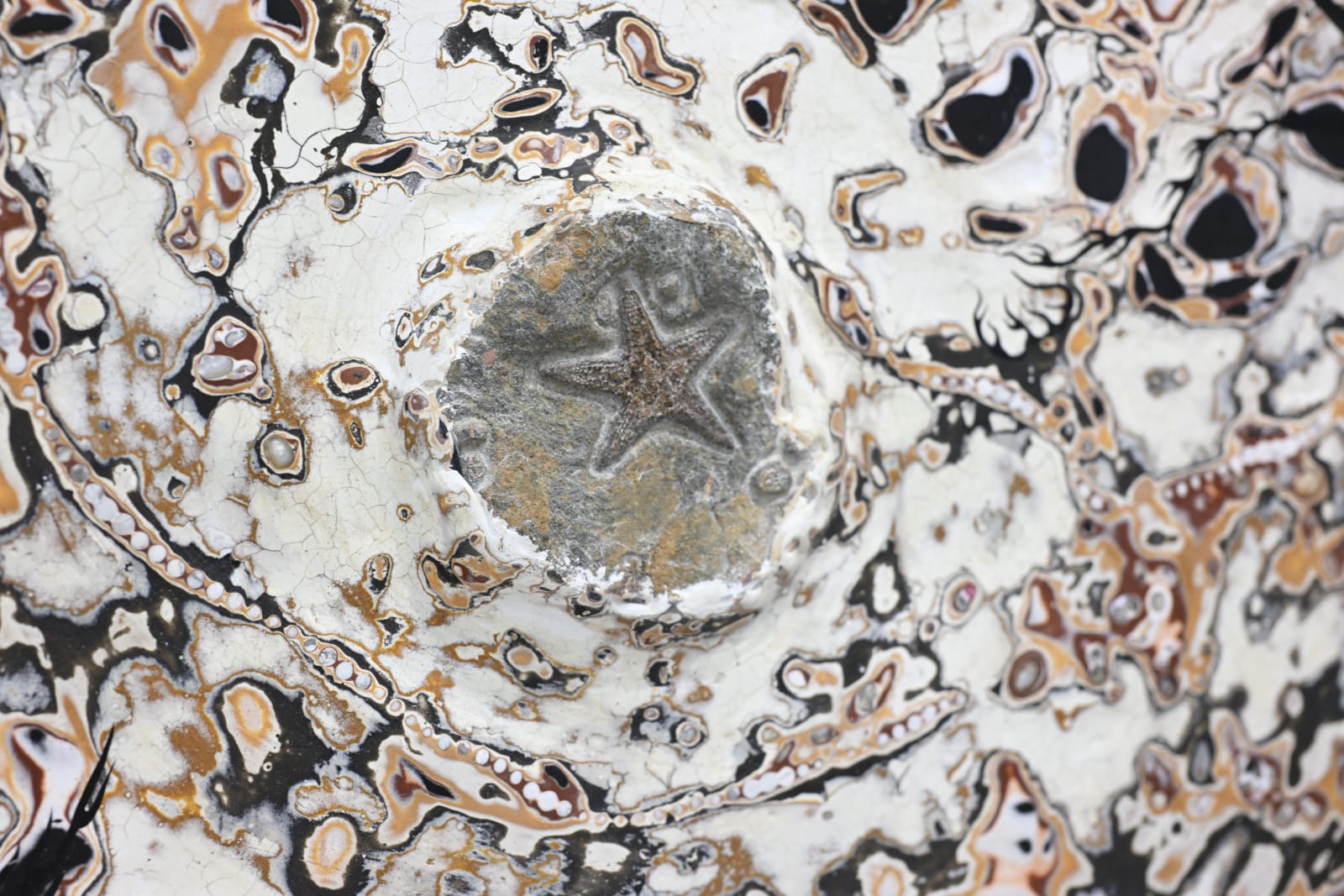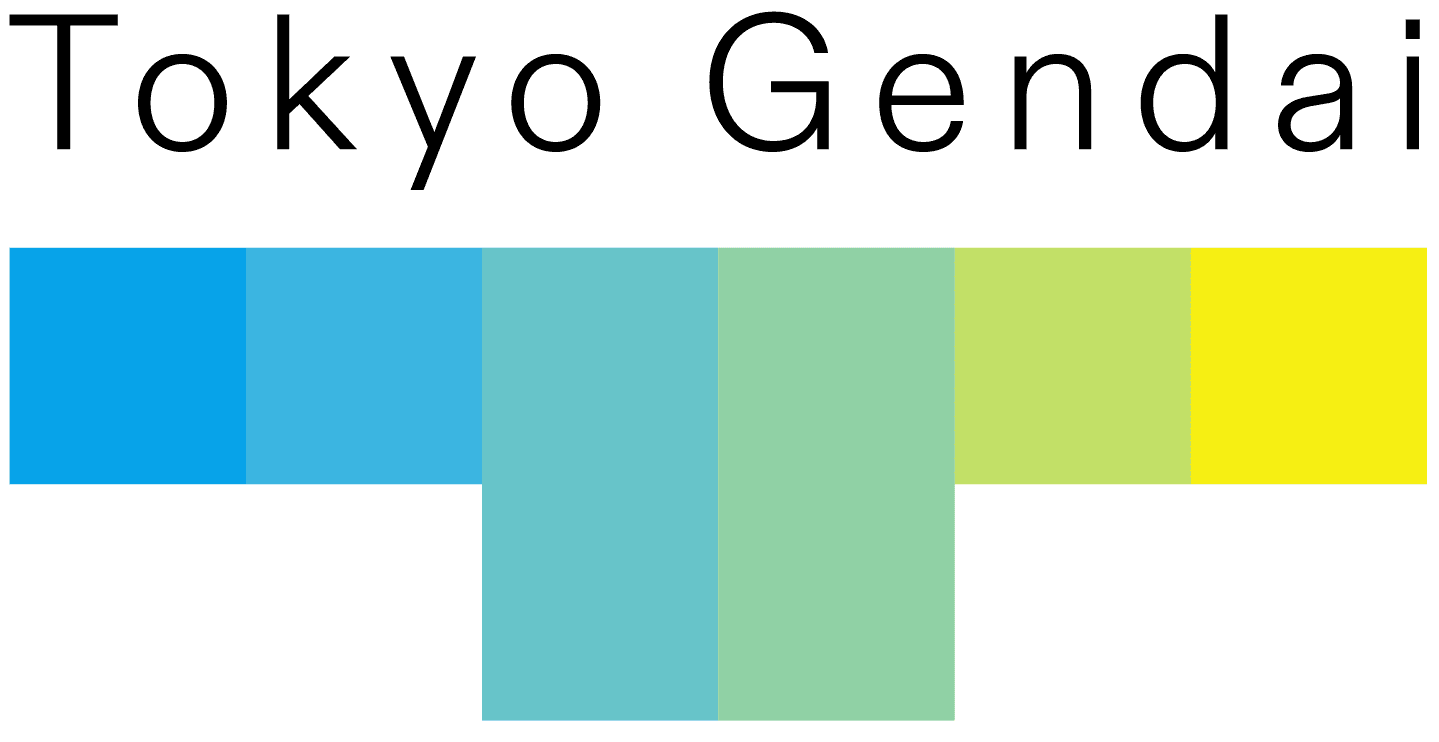Tokyo Gendai
Overview

From July 5-7, 2024, Nan Ke Gallery will make its debut at the Tokyo Gendai Art Fair, presenting the work of artist Meng Zhou in the Hana section booth H15. The works include Meng Zhou's recent exploration of his creative journey, which centers on a dialogue with the viewer about the relationship between man, nature, materials and tools.The Hana section of Tokyo Gendai Art Fair aims to showcase the growth of new generation artists, laying out more possibilities of contemporary art with a fresh perspective that breaks the mold. In this exhibition, Nan Ke Gallery restores the process of constructing and enriching the art system of the represented artist Meng zhou.
In the center of the exhibition hall, the large-scale sculpture "Mount Top" hints at the beginning of the timeline and opens up the questioning of nature. "As an ancient sacred mountain in the Classic of Mountains and Seas, Buzhou Mountain represents the division between the divine world and the human world, while the shape of the Christmas tree is reminiscent of the Tower of Babel, a parallel Western narrative, where human beings across the geographic dimensions are united. The frescoes are dimensionally transformed and placed underneath, thus opening the portal of the heavens on the ground, connecting heaven and earth, bringing the viewer an irrational immersion that breaks with physical dimensions. Time and space are collapsed at the same time, conveying the call of ancient naturalism and creating a profound empathy that transcends the limits of reality.
The "Fading Lore" series of works on paper surrounds the perimeter, responding to the call for God, faith and nature. In Meng's creative thinking, faith and nature seem to be of the same nature. Ancient deities lie dormant and breathe in all directions, gradually forgotten and marginalized by modern society just like nature, yet still leaving a submerged murmur in the collective consciousness with their echoes.
Centered on the philosophical thinking of mankind's position and way of existence in the world, Meng's works explore a huge and complex picture like cave frescoes with a variety of materials. He uses fossils, meteorites, shells, pearls and other materials from his collection to create his works, just like the simple yet passionate self-decorating thoughts of ancient mankind; he also uses clam powder, deerskin glue, Dunhuang clay and other materials to integrate them finely, creating a power and spirituality that can transcend time.
In this year's creative attempts, Zhou Meng further focuses his attention on modern people and society in order to complement the worldview of the entire creative system. Starting with the materials he specializes in, he turns his attention to the evolution and use of materials. From the discovery and utilization of natural materials, to the making of these materials into tools and weapons, to the symbolic use of weapons in games, each stage reveals a different facet of the development of human civilization.
The "Hero Game" series combines Stone Age weapons with "rock, paper, scissors", a symbol of modern entertainment, to playfully express the artist's view of battle. When grand and critical wars are ironically reduced to human games, it seems that the human race as a whole can only return to its rightful and humble position in the natural world. And the nature of war, which has been spawned by the change of power in modern times, seems to be as absurd as the wave of entertainment to death.
Underneath, the booth horizontally displays works from the “Vacuum” series. More colors seem to be a differentiation from the gods depicted in ink, showing the results of the artist's exploration of coloring and completing the story line of "human beings" in the Cabinet of Thoughts. War and conflict loom over them, while human beings leave traces of their existence like skipping frames on the timeline. Discontinuous time is extracted into fragments, like a condensed historical record, precipitating into another kind of eternity.
Text by Roxane Fu
